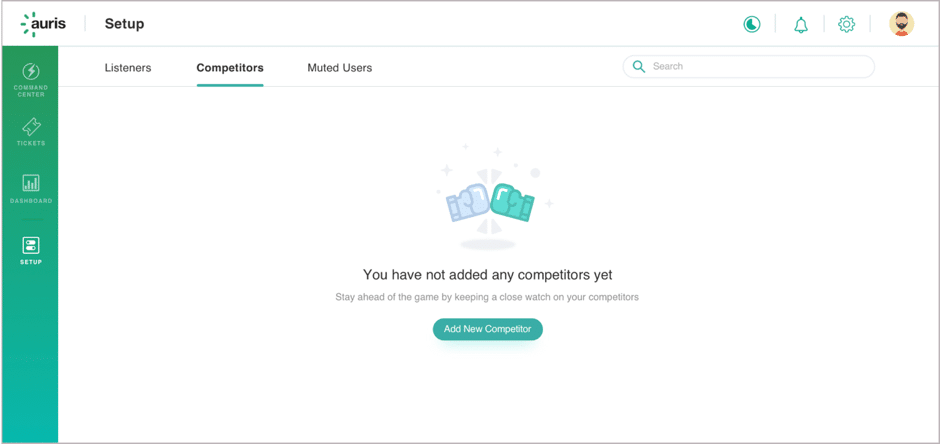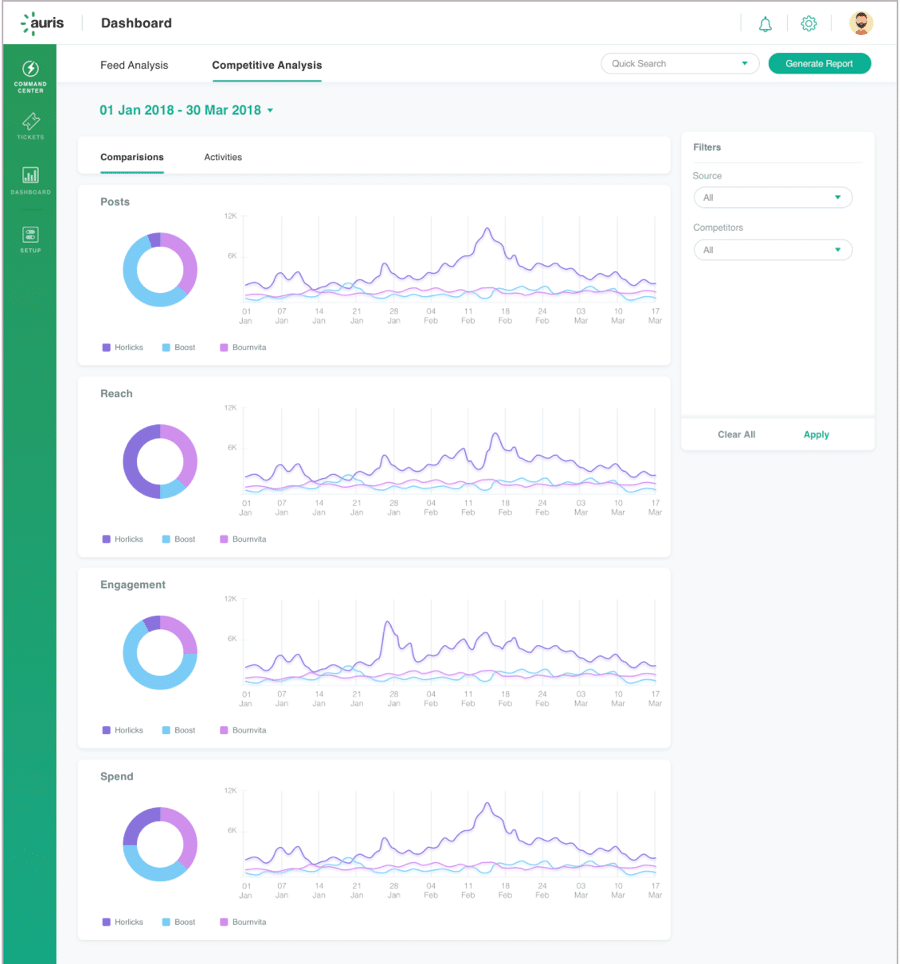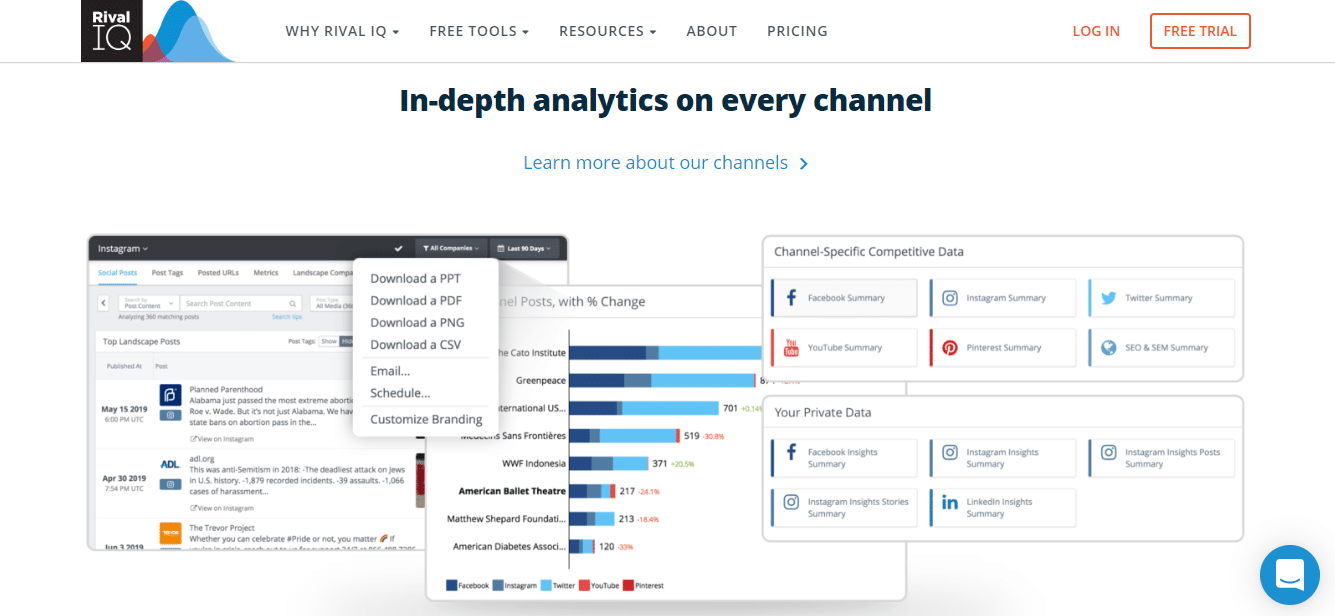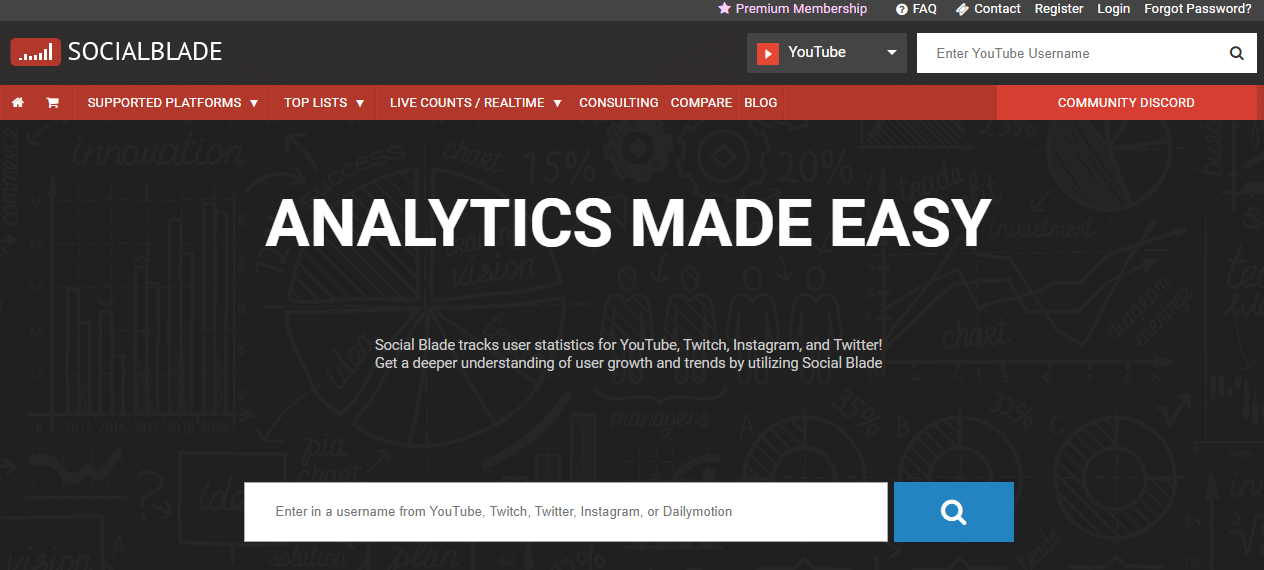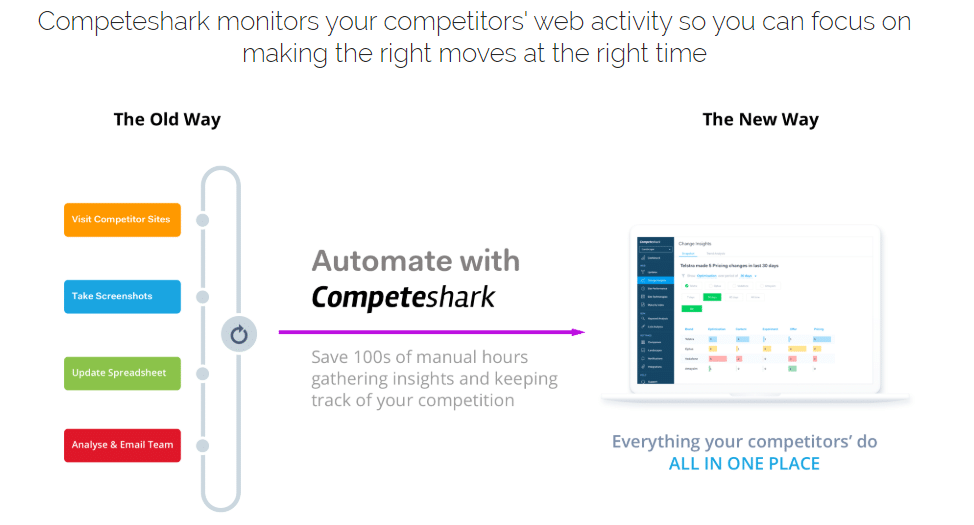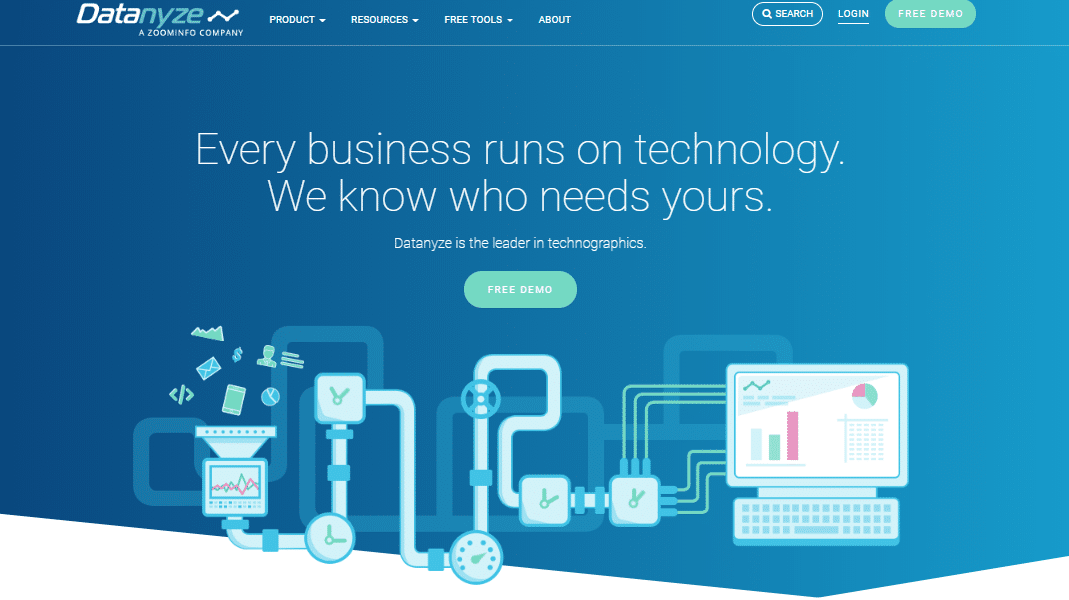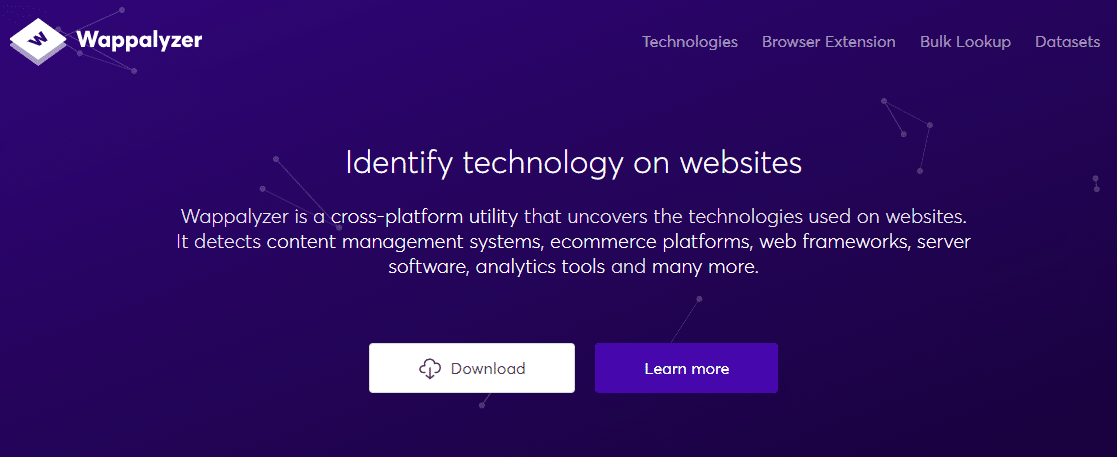8 Competitor Analysis Tools for your Brand
If you have been following this space you know we have been laying emphasis on how important competitive analysis and benchmarking are. It is not just us, there’s a very similar saying attributed to Petrarch (as well as Sun Tzu) which goes “keep your friends close and your enemies closer”. Competitor analysis is essential for brand survival and the ready availability of digital data makes the process easier.
In this blog post, we try to put forth our top picks for competitor analysis tools and explain why it must be tried.
Qualities to Look for in Competitor Analysis Tools
Competitor analysis tools are available by the dozens. The best pick would be one that serves your defined goals and needs. Here are some important features we considered while picking out our favorites.
Metrics
A superficial comparison of likes, shares, and comments is not enough to truly judge the performance of a brand. An enterprise tool can offer you deeper insights into demographics and psychographics. These insights tell you what consumers are interested in, and highlight the content with which they are actively engaging and so on. Also, sentiment analysis tells you if your focus is in the correct direction.
Sentiment Analysis
Sentiment analysis can guide your way to win your customers’ hearts. Take the data and apply sentiment analysis to it to find the strongest reactions. The extreme points in positive and negative sentiments will give you a wholesome idea of how to solve your customer’s problems.
Content Analysis
Just like you, your competitors are also on social media. What content are they posting? How are they performing online? What channels are they on? Be sure to look at every aspect of your competitors’ online marketing efforts. Benchmarking against the top brands with maximum reach online can help you understand the improvements you could make to your approach.
Top Competitor Analysis Tools
Which tool to finally invest in? What are your needs? Rest assured there is a tool for every purpose and you will find one that caters to your needs. Here are some top picks.
Auris
Auris is a complete package for social listening with specially tailored features to make competitor analysis smoother. Simply feed in the names of competitors, their facebook URLs, Twitter handles and so on. And you are all set. Auris fetches you the data from across the channels all on the same dashboard. The tool features two tabs for deeper analysis. A comparison dashboard and one which displays the activities of your rivals.
The comparison dashboard brings you elaborate charts explaining the reach, engagement rates, and estimated media spends for posts made by your rivals. Auris also allows you to calculate your share of voice and share of mind against your competitors’. This information tool is available free for a test run.
Phlanx
Phlanx is an influencer auditing tool specially designed for Instagram. It is a useful tool for brands that depend most on Instagram. Phlanx helps you audit influencer accounts by tracking the genuineness of the accounts. Checks whether their follower base consists mostly of fake followers and bots. Tracks their active followers and engagement rate to check if they are the right influencers for your brand. The tool also provides a detailed account of engagement rates from across an array of other social media platforms like Facebook, Twitter, Youtube, and Twitch.
Rival IQ
In their own words, Rival IQ focuses on making social and SEO data easier to analyze and act upon. Rival IQ lets you compare your brand to competitors with respect to social channels, audience growth, rankings, activities et cetera. Rival IQ allows you to look at key insights like top-performing posts, activities, and engagement metrics.
Social Blade
Social blade ranks you and your competitors based on social media statistics gained from platforms like Youtube, Instagram, Twitch, Dailymotion, Mixer, and Twitter. You can view a summary of metrics like subscriber rank, monetization estimates, and an overall rank based on the number of views and rate of new subscribers. This platform also allows you to search based on specific locations and categories. If you want to know about the top YouTubers in Australia, Social blade can help set up the search.
Owletter
Owletter makes spying on your competitor’s email strategies easier. Most marketers have subscribed to the newsletters from competitor brands. This effort is to catch a glimpse of your competitor’s strategies and yet they miss out on so much data. With Owletter, brands can understand when their competitors are sending out promotional emails, seasonal changes in emailing strategies, the reputation of a brand email for SPAM et cetera. The longer you use Owletter, the more historical data is available and the more robust your reports are going to be.
Competeshark
Competeshark allows brands to monitor their rivals in real-time and play copycats if they choose to. Without needing to physically visit a competitor’s website and comparing changes. With Competeshark, the process has been automated. They visit your competitor’s websites, reports and so on and study the changes. You can stay updated on price changes, layout changes, design changes or any new trends your competitor is following.
Datanyze
Datanyze specializes in “technographics” which is where they analyze data to your advantage and tell you where to seel what and to whom. The analysis they provide includes email marketing, advertising, and eCommerce capabilities. Unlike other tools that use demographic data, Datanyze uses technographic data to capture buying signals.
Wappalyzer
This is one of the tools many marketers are using these days. Wappalyzer goes beyond the realm of social media to analyze competitive data for you. This tool looks into specifics like web frameworks, content management systems, server software and so on. If you wish to know how your rivals are managing their data stream Wappalyzer may be able to help you.
Depending on your requirements and budget you might have gained a fair idea about your ideal tool by now. If you are thinking about whether or not to invest, you have to keep an eye on your competitor. It has to be done either manually or you can choose to opt for an automated tool. Most of these tools can be customized with bespoke filters and options to cater to your needs whether you want to track influencer or monitor brand mentions on the same platform.


